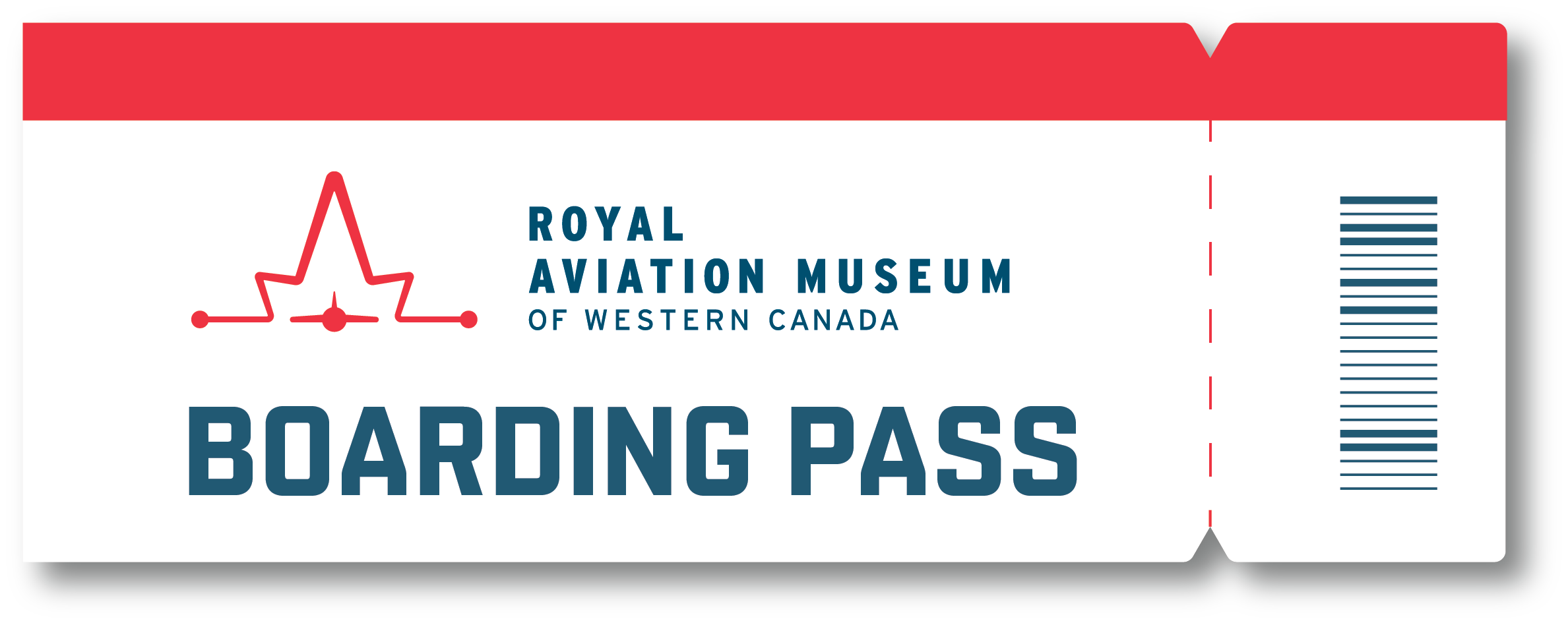The Fokker Universal was the first aircraft type purchased by James Armstrong Richardson’s Western Canada Airways Ltd. (WCA; later Canadian Airways Ltd. (CAL)) after its founding in 1926. Featuring a rugged, easy-to-maintain wood and steel-tube structure, the aircraft was ideal for operations in northern Canada. However, while passengers and cargo flew in an enclosed cabin, pilots sat in an open cockpit, which provided good visibility but left them exposed to the elements. Fokker Universals were used to great effect during the 1927 Churchill Airlift and Hudson Strait Expeditions, among the first aerial operations of their kind in North America.
Purchased by WCA in 1928, G-CAJD is the last surviving Fokker Universal anywhere in the world. The story of how it came into the RAMWC’s collection is one of survival, heroism, and decades of dogged persistence that finally solved a 70-year-old mystery.
On December 11, 1931, CAL pilot Stuart McRorie and air engineer Neville “Slim” Forrest were flying supplies from Winnipeg to a team of prospectors at Island Lake, Manitoba. Suddenly, a violent snowstorm blew in, forcing the airmen to put down on the frozen surface of Charron Lake. Immediately upon landing the aircraft broke through the ice and sank down to its wings. McRorie and Forrest managed to scramble out, and, after recovering what supplies they could from the aircraft, set up camp on the lakeshore.
A week later, the airmen’s campfire was spotted by Tom Boulanger, a Cree trapper, while he was checking his traplines. Boulanger took McRorie and Forrest to his cabin, fed them, and rounded up two dog sled teams to take them to the Hudson’s Bay Company post at Little Grand Rapids. En Route, the pair were spotted by passing CAL pilot Alfred “Westy” Westergaard, who swooped down to pick them up. The two airmen arrived safely back in Winnipeg on Christmas Eve.
Meanwhile, G-CAJD remained frozen in the ice until around March 1932 when, during the spring thaw, it quietly slipped below the surface of Charron Lake. There it remained, its location a mystery, for more than seven decades.
In 1974, the newly-founded Western Canada Aviation Museum launched the first of many expeditions to locate G-CAJD, now known as the “Ghost of Charron Lake.” However, the aircraft proved elusive, evading dozens of searches over the next 30 years. Then, on July 4, 2005, the ghostly outline of G-CAJD finally appeared on the search team’s sonar screen. The aircraft lay nearly a kilometre from where McRorie, Forrest, and Boulanger had reported it sinking, the aircraft having “flown” through the water on its way to the bottom.
When divers were sent down to investigate, they discovered much of the aircraft’s structure intact – including its fuselage, engine, skis, and the remains of its cargo. Its wooden wings, however, had long since disintegrated. Since the surviving structure was deemed too fragile to raise in one piece, it was decided to cut the wreck into smaller sections for recovery. Over the next two years, recovery teams raised the wreck from the lake bottom piece-by-piece and transported it to Winnipeg for conservation.
The Ghost of Charron Lake now takes pride of place in its own dedicated gallery at the RAMWC, a testament to the pioneering men and machines of Canadian Airways Ltd. and the passion and persistence of the Museum’s staff and volunteers.

